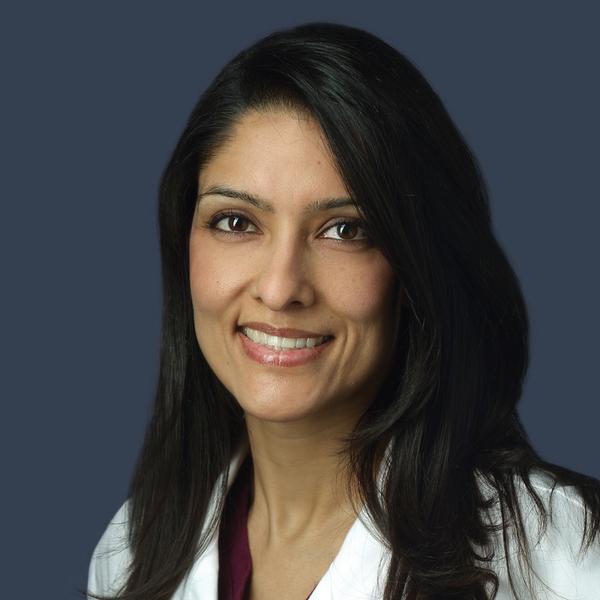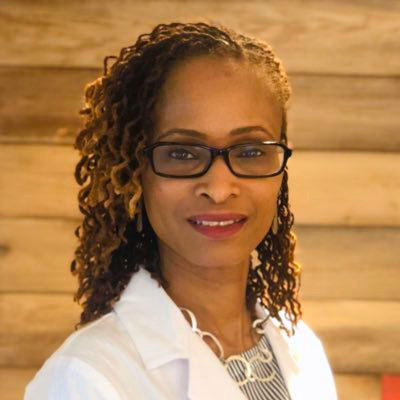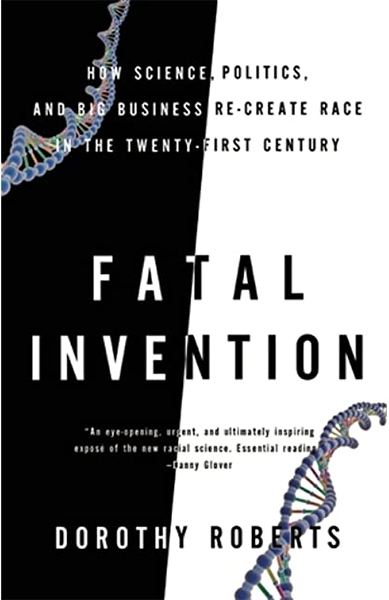Incoming Medical Students Begin Education with Anti-Racist Curriculum

Posted in News Stories | Tagged curriculum, medical education, RJCC
(August 11, 2022) — Before taking part in the White Coat Ceremony, a tradition that officially marks the start of their medical education at Georgetown, incoming School of Medicine students first learned about racism and medicine through their required anti-racism summer reading.

“Most medical school curricula don’t explore why certain populations experience a higher prevalence of homelessness or diabetes,” said family medicine associate professor Sarah Kureshi, MD, MPH, who co-directs the anti-racism summer reading curriculum with Susan Cheng, EdLD, MPP, senior associate dean for diversity and inclusion. “Students rarely learned the why — the root causes — that structural racist systems have led to disparities and inequities in health.
“Having this training on the first day shows the School of Medicine’s commitment to anti-racism and health equity curriculum,” Kureshi said. “It’s really important that incoming medical students start off with this foundation – they will have a health equity and anti-racist lens to apply to their next four years of coursework.”
Gjanje Smith-Mathus, MD (M’04), volunteered to co-facilitate a small-group discussion with Cheng after noticing a gap in medical education around health equity related to race. “I was both blown away and relieved that this is something medical students were exposed to during orientation,” she said. “It’s what we need to make any meaningful, sustainable change.”
Confronting a History of Systemic Racism

The first-year medical students met in small groups via Zoom during their orientation to discuss “Fatal Invention: How Science, Politics, and Big Business Re-Create Race in the Twenty-first Century” by Dorothy Roberts.
The small groups consisted of 10 to 12 students as well as a facilitator, a current medical student, faculty or staff member who received training for the role.
Roberts’ work narrates a history of racism in medicine from the use of surgeons on slave ships to the infamous Tuskegee study of untreated syphilis. At the heart of Roberts’ work is an effort to show that race is socially constructed, rather than biologically determined. At the same time, race is a lived reality for people of color who face an array of health disparities.
Responding to Students
With the leadership of Racial Justice Committee for Change (RJCC) members, the School of Medicine instituted the required summer anti-racist reading in 2020 in response to a letter written by medical students demanding the curriculum.
Starting as a first-year medical student in August 2020, months after the deaths of George Floyd and Breonna Taylor at the hands of police, Lauren Havens (M’24) was among the first to participate in the anti-racism summer curriculum.
“I remember anti-racist curriculum during orientation affirming that Georgetown was doing something and showed that the school’s values were in the right place,” she said.

Based on data from previous class cohorts, more than 90% of incoming medical students said the Roberts reading and small-group discussion changed their ideas about race as a social construct. Additionally, the Class of 2024, the first cohort to engage with the anti-racist reading, was more likely than previous classes to correctly indicate on surveys that there is no or very little biological or genetic basis for race.
“The curriculum put in place is making an impact,” said Tyrel Powell (M’25), one of this year’s facilitators.
Getting Uncomfortable
Bailey Liter (M’25) remembered an initial discomfort in many of her classmates in their small group discussions. “Confronting privileges can be uncomfortable,” she said. “But I found my classmates willing to engage and be open and honest.”
While Liter and others expressed concern about using the correct language and knowing just the right thing to say, facilitators stressed the importance of providing a safe space for students to discuss difficult topics and make them feel like they can make mistakes.
“During my small group, there was one student who was open about his struggle to understand some concepts from the reading, particularly how to utilize race appropriately in a clinical setting,” Kureshi said. “His classmates really engaged with him, and it led to a really good discussion.”
“Once you establish safety as a baseline, it allows students to uncover their true biases and start to feel some discomfort in understanding how norms are perpetuated,” Havens said.
Understanding the Impact of Structural Racism
While speaking about his experiences as a facilitator, Powell referenced a statistic from Roberts’ book that there are 230 excess Black deaths every day in the United States.
That statistic isn’t abstract for Powell. “I know of four Black men myself who have suffered unnecessary deaths,” he said. “But this is why I found the Roberts discussion as an M1 liberating — it made me feel seen to hear people talk about how race is not biological.”
Powell guided his group through how the historical effects of racism are still in practice, even through the actions of well-intentioned physicians. “What I hope for the M1s in this experience is that they get a little uncomfortable and wrestle with the content,” he said.
Roberts also wrote about a young Black girl who suffered from an undiagnosed respiratory ailment from the time she was 2 years old. Despite her symptoms, pediatricians repeatedly ignored cystic fibrosis as a possible cause until a radiologist, unaware of her race, diagnosed her from a chest X-ray when she was 8 years old
“Imagine her suffering,” Powell said. “Misinterpretation of race has an impact.”
The patient with cystic fibrosis illustrates how students and physicians must understand that while race is a social construct, patients impacted by structural racism have less access to care, face more discrimination when they seek care and ultimately live shorter lives because of environmental factors.
“Race is so often used as a poor proxy,” Kureshi explained. “We need to be able to talk about racism and health disparities rather than grouping people together biologically to explain a phenomenon.”
“I’m a urologist,” Smith-Mathus said. “If I see a man of African descent, I’m automatically looking at prostate cancer risk because I know Black men tend to have aggressive prostate cancer and have higher mortality rates. The difference is that 10 years ago, I would have looked at what genetic thing is going on, but now I’m looking for environmental factors such as access to screenings and cultural competency of the treating physician.”
‘We Should Be Part of the Change’
Students and facilitators also want to see the difficult work of challenging structural racism extend beyond orientation.
“I want the incoming M1s to really come away with hope that they can make change as a new generation of physicians committed to social justice,” Bailey said.
“We should be part of the change,” Powell said. “We shouldn’t just be practicing in an office and then saying goodbye to our patients. We need to go deeper to understand people’s living environments and advocate on behalf of our patients to government officials for their well-being.”
Havens and Kureshi are also part of an RJCC curriculum subcommittee that is taking a comprehensive look at the entire medical school curriculum to better integrate health equity content longitudinally.
“Anti-racism work is a lifelong process where you have to put in the work on a daily basis,” Kureshi said. “But that work results in cultural humility, which is what patients really care about in their interactions with their physicians.”
Heather Wilpone-Welborn
GUMC Communications
